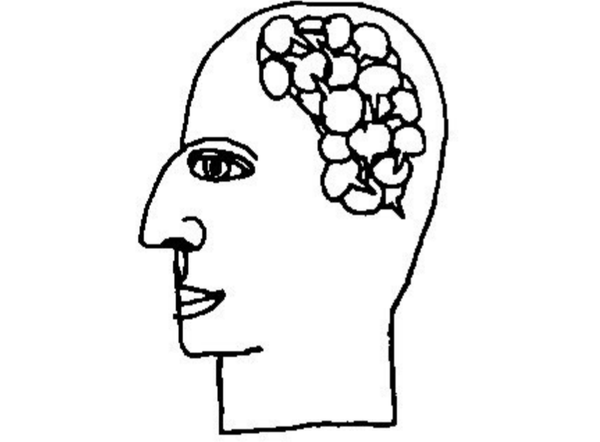As I was mindlessly scrolling one evening, one of those ever more ubiquitous “shorts” caught my eye. In it, a woman tells viewers about the ostensibly unique ways that neurodivergent people behave in conversations in comparison to “neurotypicals.” Apparently, the latter group know—presumably their painfully normal brains tell them—that when their conversation partner is telling a story, they should not respond with a story of their own. The urge to do this, according to the speaker, is a telltale sign of having a not-so-typical brain. It was just one striking instance of a genre of viral videos explaining to viewers that a range of innocuous, if slightly annoying, traits are indicators of ADHD, autism, trauma, or some other form of “neurodivergence.”
These videos have a surprising precursor in mid-20th century American social-guidance films. You know, the ones peppered with more “say, that’s swells” and “peachy keens” than ever could have passed through a real 1950s teenager’s lips. Between the 1940s and 1970s, thousands of these were produced, covering everything from what to do on a date to basic hygiene.
